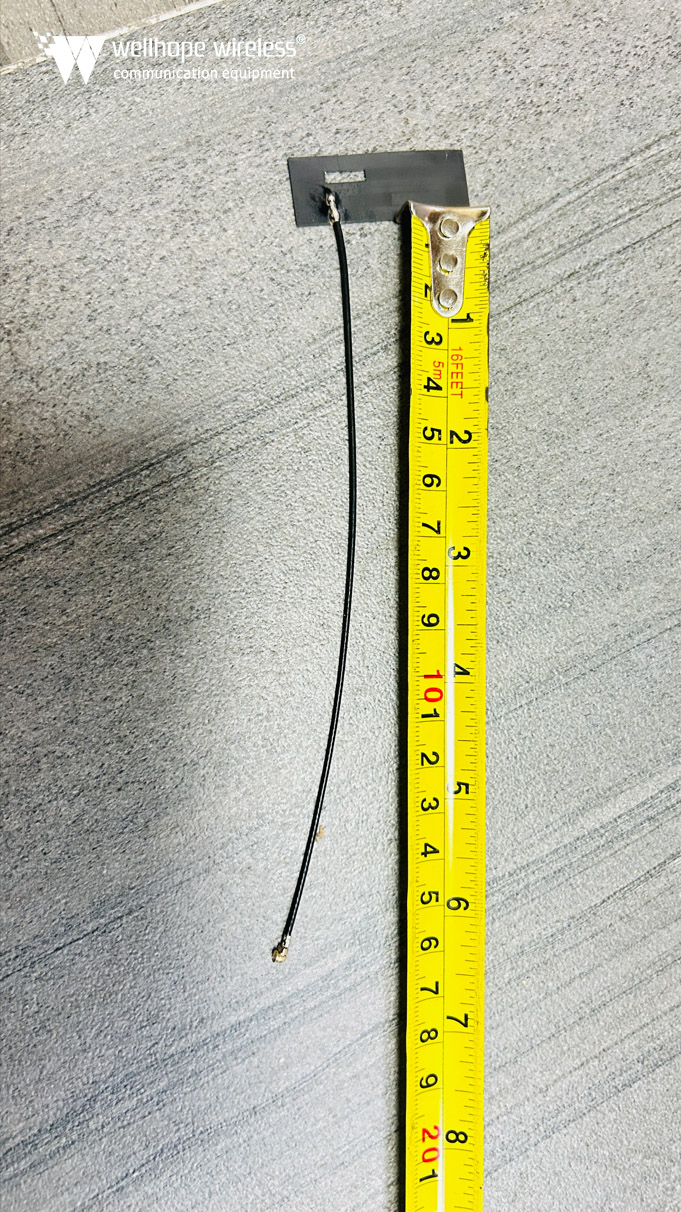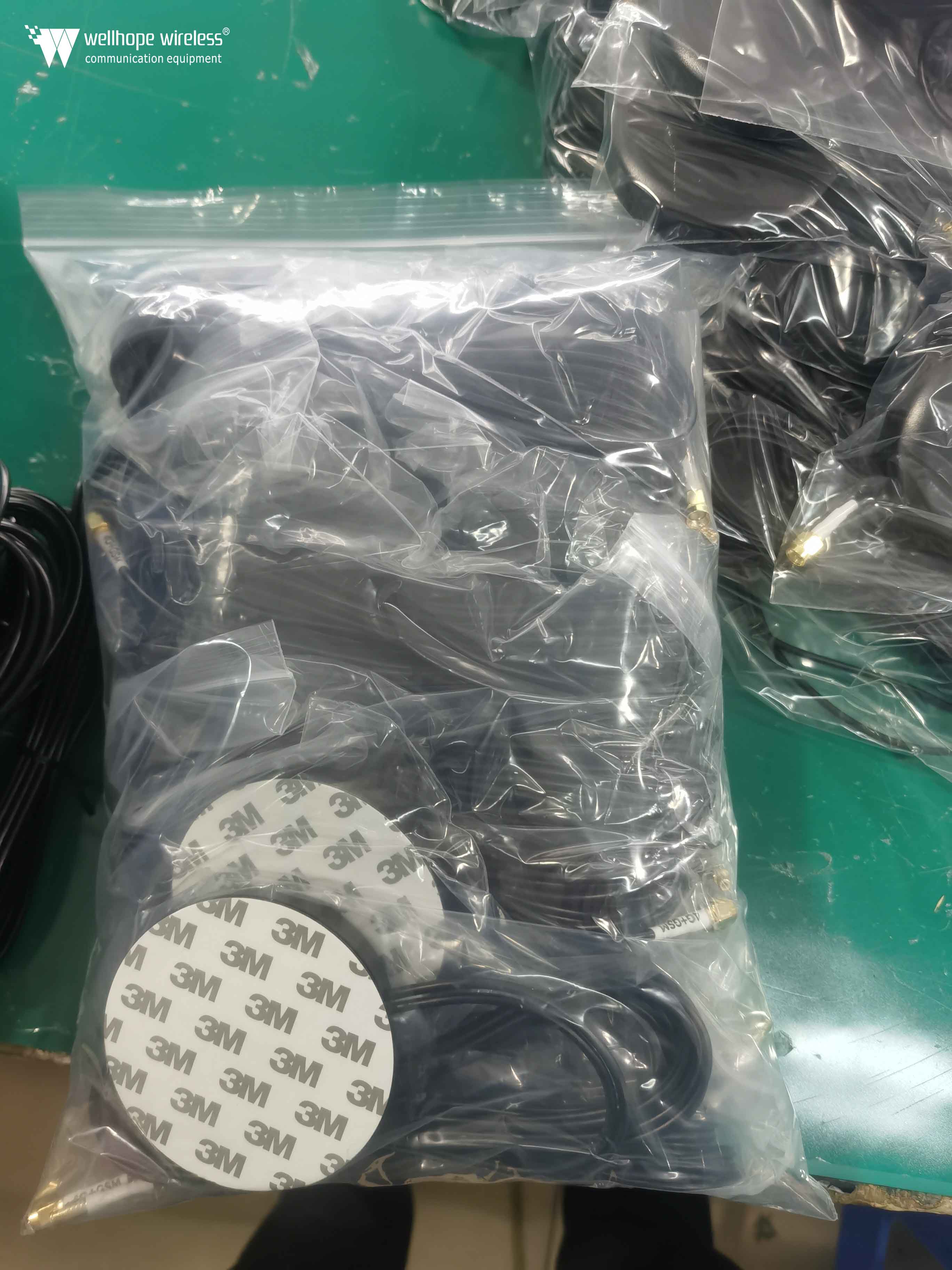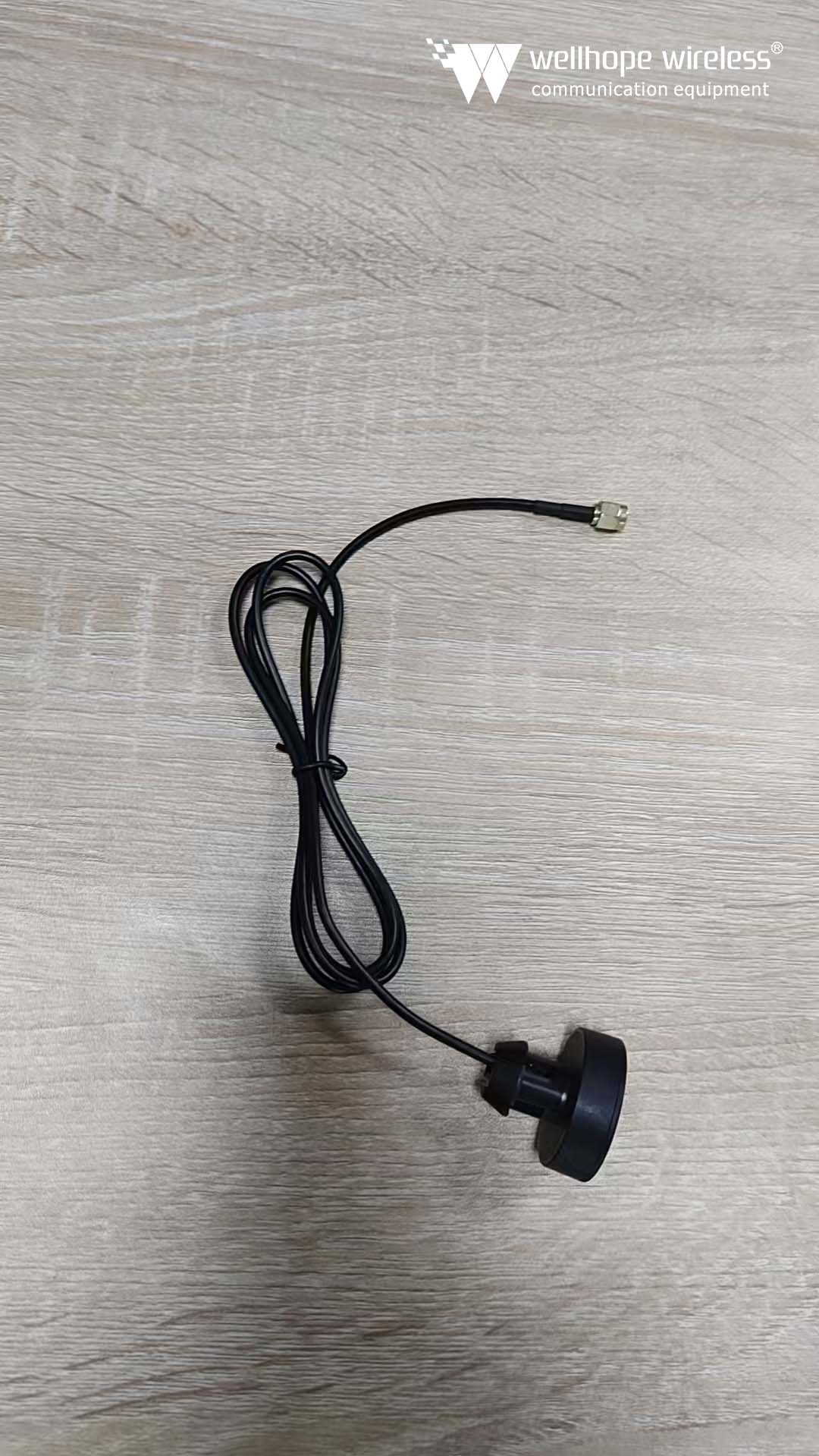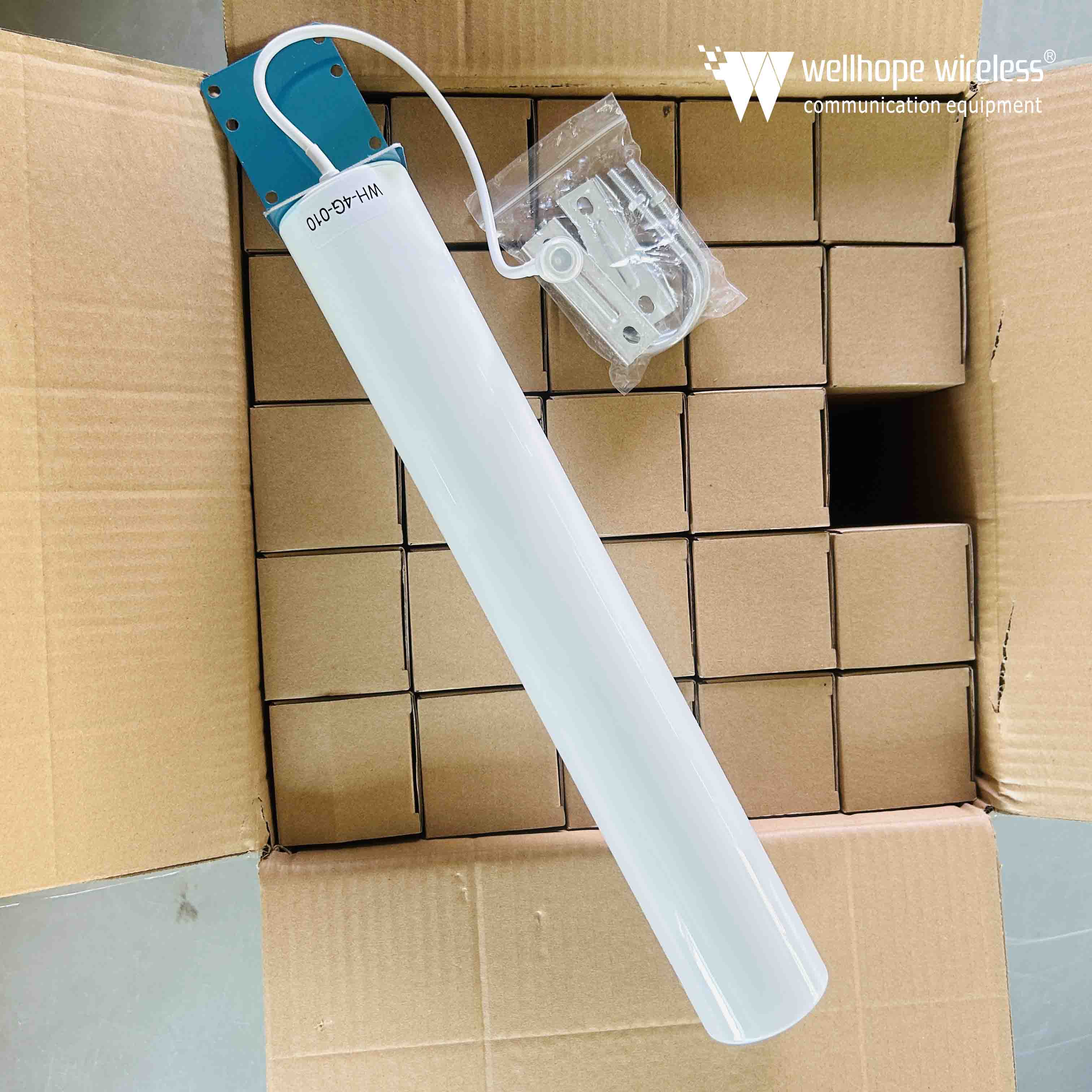Odnośnie dB, dBm i dBi
Szacowane 15 minut na zakończenie czytania
DB (decybele)
DB to jednostka względna używana do przedstawienia stosunku między dwiema wielkościami. Zwykle używa się go do opisania stosunku mocy lub napięcia (lub prądu).
Definicja: (dB=10 \ log_ {10} \ lewy (\ frac {P_2} {P_1} \ prawy)) lub (dB=20 \ log_ {10} \ lewy (\ frac {V_2} {V_1} \ prawy) )
Wśród nich (P_1) i (P_2) to dwie wartości mocy, a (V_1) i (V_2) to dwie wartości napięcia lub prądu.
Uwaga: dB to jednostka względna, która reprezentuje stosunek dwóch wielkości, a nie wartość bezwzględną.
1. Wzór na obliczenie współczynnika mocy w decybelach:
Porównując dwie wartości mocy, wzór na obliczenie decybeli wygląda następująco:
DB=10log10 (P1P2), gdzie (P_1) to moc odniesienia (zwykle stała wartość), a (P_2) to moc, którą należy zmierzyć. Jeżeli (P_1) wynosi 1 wat, powyższy wzór można uprościć jako: dB=10log10 (P2), gdzie (P_2) to wartość mocy w watach.
2. Wzór na obliczenie decybeli dla stosunku napięcia (lub prądu):
Porównując dwie wartości napięcia (lub prądu), wzór na obliczenie decybeli jest następujący:
dB=20log10(V1V2)
być może
dB=20log10(I1I2)
Among them, (V_1) and (I_1) are reference voltages and currents (usually fixed values), while (V_2) and (I_2) are the voltages and currents to be measured. If (V_1) or (I_1) is 1 volt or 1 ampere, the above formula can be simplified as:
dB=20log10(V2)
perhaps
dB=20log10(I2)
Here (V_2) and (I_2) are voltage and current values in volts or amperes.
Note: In these formulas, (\ log_ {10}) represents the logarithm based on 10. If (P_2/P_1) or (V_2/V_1) (or (I_2/I_1)) is greater than 1, then the decibel value is positive; If it is less than 1, the decibel value is negative. The larger the decibel value, the greater the multiple of (P_2) relative to (P_1) (or (V_2) relative to (V_1), or (I_2) relative to (I_1)).
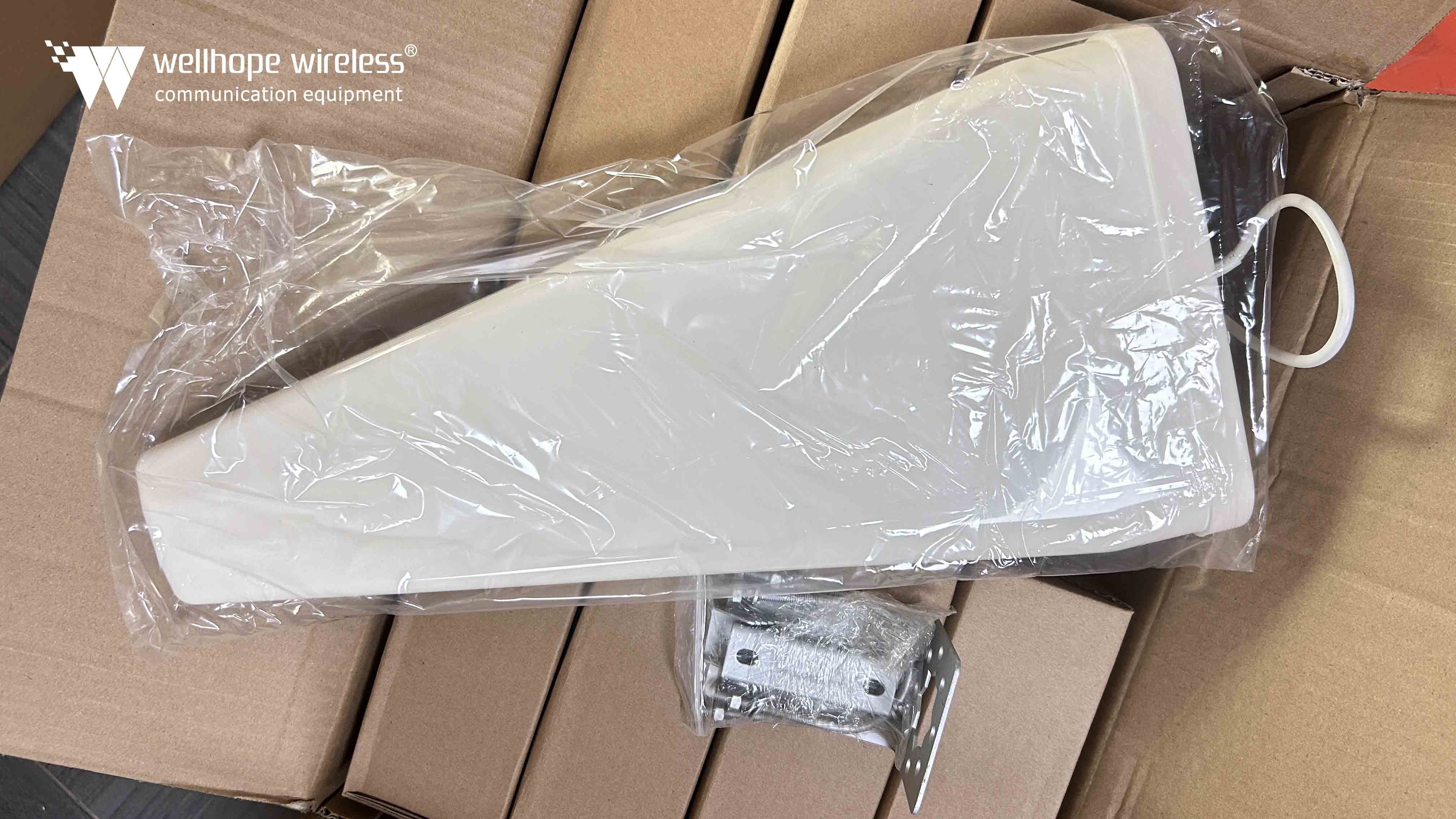
DBm (decibels milliwatts)
DBm is an absolute unit used to represent power values, with a reference point of 1 milliwatt (0.001 watt).
Definition: (dBm=10 \ log_ {10} \ left (\ frac {P} {1mW} \ right))
Where (P) is the power value to be measured.
For example, if the power of a signal is 1 watt, then its power is (10 \ log_ {10} (1000)=30 dBm).
DBm is commonly used to describe the power of wireless signals or the sensitivity of receivers.
DBm calculation formula
dBm=10log10(1mWP)
Among them,
(P) is the power value to be measured, in milliwatts (mW).
(1mW) is the reference power value, which corresponds to the power of 0dBm.
Related information
1. Unit conversion:
0dBm corresponds to 1 milliwatt (1mW).
For every 3dBm increase, the power doubles; For every reduction of 3dBm, the power is halved.
For example, 30dBm corresponds to 1 watt (1W), because (10 \ log_ {10} (1000)=30) (because 1W=1000mW).
2. Common conversion values:
o 30dBm = 1W
o 40dBm = 10W
o 50dBm = 100W
3. Precautions:
DBm represents the absolute value of power, not the power ratio.
In the calculation, pay attention to the unit of power and ensure that it is consistent with the unit of reference power (1mW).
Example
If the power of a signal is 4 watts (4W), then its power (in dBm) can be calculated as follows:
dBm=10log10(1mW4000mW)=10log10(4000)=10*(3+log10(4))≈36.02dBm
(Here (\ log_ {10} (4) \ approx 0.602) is the base 10 logarithm of 4)
DBi (decibels relative to isotropy)
DBi is a unit used to describe antenna gain, with its reference point being an idealized isotropic antenna (i.e. an antenna that uniformly radiates or receives in all directions).
Definition: (dBi=10 \ log_ {10} \ left (\ frac {G} {G_ {iso}} \ right))
Among them, (G) is the gain of the antenna to be measured, and (G_ {iso}) is the gain of an isotropic antenna (theoretically 1).
Note that since isotropic antennas do not exist in reality, dBi is a relative unit, but it provides a convenient reference point to compare the gains of different antennas.
DBi is commonly used to describe the gain of antennas used in wireless communication.
DBi calculation formula
dBi=10log10(E0E)
Among them:
(E) is the effective radiation power or gain of the actual antenna.
(E0) to efektywna moc promieniowania lub wzmocnienie idealnej anteny izotropowej. Idealna antena dookólna ma równomierne promieniowanie we wszystkich kierunkach, a w praktyce takiej anteny nie ma, dlatego służy jako punkt odniesienia.
Powiązana informacja
1. Punkt odniesienia: Punkt odniesienia dla dBi to antena dookólna, która jest teoretycznie idealnym modelem używanym do porównywania zysku innych anten.
2. Związek z dBd: dBi i dBd to jednostki opisujące zysk anteny, ale ich standardy odniesienia są różne. Punktem odniesienia dla dBi jest antena dookólna, natomiast punktem odniesienia dla dBd jest antena dipolowa
(Antena dipolowa). Powszechnie uważa się, że wartość reprezentowana przez dBi, reprezentująca to samo wzmocnienie, jest o 2,15 większa niż wartość reprezentowana przez dBd (tj. dBi=dBd+2,15).
3. Przykład: Jeśli zysk anteny jest reprezentowany jako 16dBd w dBd, wówczas jej zysk jest reprezentowany jako 18,15dBi w dBi (zwykle pomijając miejsca po przecinku, jest to 18dBi).
Podsumowując, dBi to jednostka używana do opisu zysku anteny, a wzór na jej obliczenie opiera się na stosunku efektywnej mocy promieniowania rzeczywistej anteny do efektywnej mocy promieniowania idealnej anteny dookólnej . W porównaniu do dBd, dBi jest odniesieniem do anteny dookólnej, zatem przy takim samym wzmocnieniu wartość dBi będzie o 2,15 większa niż wartość dBd.


















 Aktualności
Aktualności
